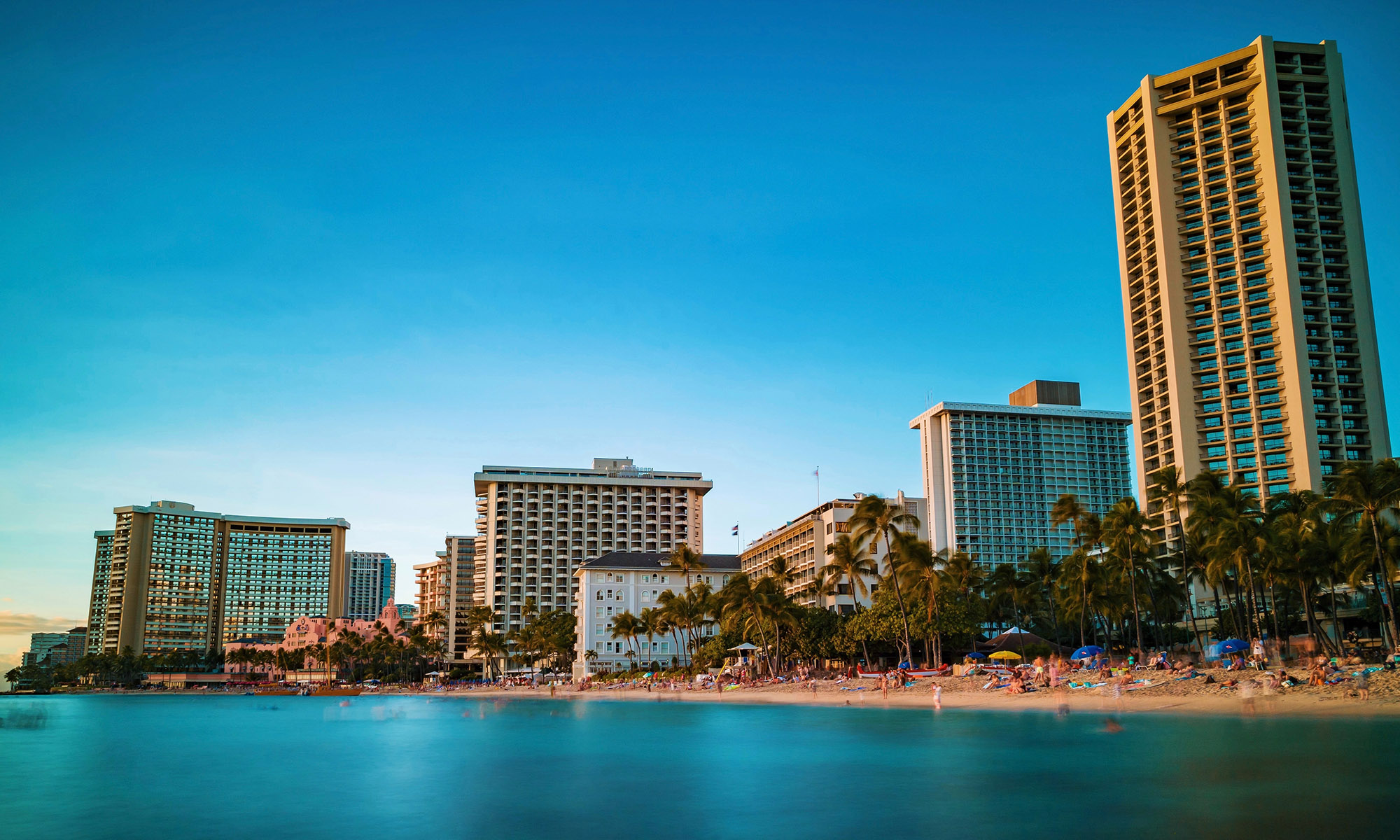
Here’s the thing: You’ve been singing Christmas songs and carols for a long time.
But have you experienced some of the haps in these melodies?
I started paying attention to some standard holiday numbers … and concluded that there are some haps in some tunes that are gaps in my life.
Let me count ‘em as I found ‘em.
1 – In “Jingle Bells,” the lyrics refer to “a one-horse open sleigh.” I know what a sleigh is, but it’s something totally out of my realm in Honolulu.

2 – “We Wish You a Merry Christmas” mentions figgy pudding. Huh? Never had ‘em, only know it from this song. You probably don’t know figgy pudding either; so, I Googled and learned that it is a rich boiled pudding, made from flour, suet, figs and other dried fruit. Not to be confused with the Christmas-time fruit cake.

3 – The countdown in “The Twelve Days of Christmas” is overwhelmingly foreign to my actual experiences. I’ve seen drummers drumming, but not 12 altogether. Never experienced nine pipers piping, nor 10 leaping lords. Nine ladies dancing? Yes, think hula halau maidens. But never milking ladies, not even one, so forget eight. Swans are not plentiful here, so seeing seven a-swimming, nada. Six laying geese, never. But five golden rings, yes, in jewelry stores. But no, no. no, no, no to four calling birds, three French hens, two turtle doves and a partridge in a pear tree.
4 – “We Three Kings” is about gifts for the new-born king. Gold is notable and widely familiar. But I’ve not seen frankincense nor myrrh.
5—Kui Lee’s Christmas tune, “The Song for Christmas,” is heavenly-bright, and favored by numerous Hawaii performs. It mentions ”Aurora Borealis,” the formal name of the Northern Lights, which brighten the skies. Alas, I’ve never once experienced this gift of nature, though know what it is.
*. *. *. *

Did you have bubble lights on your Christmas tree, back in the past?
They are still available today, mostly via online, and they’re considered retro now.
Frankly, these lights feature liquid-filled tubes representing candles. As the lights warm up, the liquid bubbles, hence bubble lights.
The problem: these lights are heavy and would often sag on lean branches, so they require thicker branches. Norfolk pine might be suitable for bubble lights.
*. *. *. *
Before there was Ala Moana Center – and the subsequent smaller malls in suburbia – there was downtown Honolulu.

For Christmas shopping, the family got into the ol’ sedan, and drove to Fort Street, where Liberty House was anchored. We’d visit, not just for gift-shopping, but also to see the annual holiday show in the LH windows. Peeking from the sidewalks was not an issue; this was the only game in town.
Of course, downtown was home to McInerny, Ritz Store, Kress, Woolworth, and Hub. But Liberty House was the magnet.
Fort Street was wholly open – cars could travel from King Street to Beretania – so the small Fort Street Mall came later, though operative today, minus the “name” destinations.
And downtown King Street had overhead decorations which lit up at night; not a big thing now, but then, it was the bomb.
*. *. *. *

Over at Beretania, Sears Roebuck was the mammoth newcomer retailer – and boasted the first escalators, a vital installation at all multi-level retailer since. Escalators! Moving stairs, up and down. And at Christmas, Sears staged an outdoor holiday show going above the main entryway, and families watched from the parking lot. Such pageantry doesn’t exist anymore…
*. *. *. *
And remember the Christmas-painted buses in seasons past? HRT (Honolulu Rapid Transit) had a few buses painted with holiday cheer. As kids, we wanted to catch one, of course, instead of the bland regular buses, and I recall these holiday buses only operated on the main route, between Waikiki and either (maybe both?) routes to Kalihi and Liliha.







